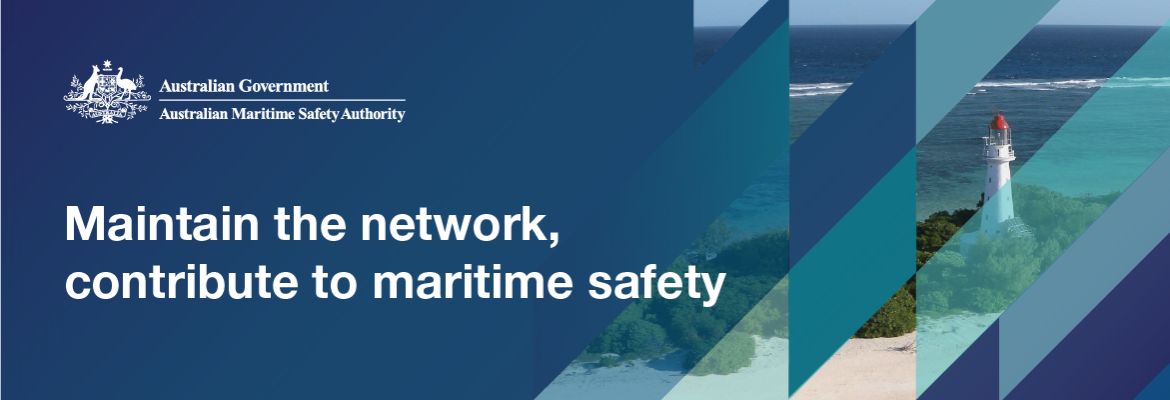
AMSA has been the custodian of parts of this network for the last 33 years, safeguarding the lives of seafarers and our precious seas and coastlines in accordance with international obligations.
Together with our state and territory partners, we have ensured the maintenance, modernisation, and growth of this network through our work. About 480 are directly managed by AMSA. These are located across Australia both on the mainland and offshore islands.
Our management of these aids to navigation involves a significant number of specialist contractors, including for maintenance, communications and major refurbishments, underpinned by our own in-house expertise in contract management, engineering, information technology, and navigation.
Maintenance is supported through technical expertise at AMSA and working closely with providers to ensure a resilient network.
Much has changed in the last 20 years and as custodians of this network, it is our duty to ensure its future-proofed for the next 20 years, and beyond. For the past 20 years, we have had a single national contract in place for preventative maintenance and outage response. From mid-2024, we will have a suite of regional contracts in place instead.
A regional approach
The new regional approach for maintenance delivery is more diverse and opens opportunities for more Australian businesses to increase the skills and experience of their workforce through this incredibly rewarding work.
It divides the parts of the network that AMSA is responsible for into 8 distinct regions which reflect groupings of aids to navigation around the country, although there may be some minor pragmatic variations around jurisdictional borders.
We recently went out to market for maintenance work contracts on these 8 regions, as well as a technical support and logistics provider role. Stay tuned for updates as we award contracts over the coming weeks and months.
These regions will be as follows:
| Region number | Region name | Responsibility |
|---|---|---|
| 1 | North Queensland (ETC1 area of operation) | Undertaking power system, AtoN and basic facilities maintenance as well as outage response, the Contractor will have access to AMSA’s Emergency Towage Vessel (ETV) for accessing AtoN sites in the ETV area. |
| 2 | Torres Strait MetOcean | Undertaking maintenance required to ensure AMSA’s metocean sensors are operating and data is available for broadcast to mariners via VHF radio. |
| 3 | South Queensland | Undertaking power system, AtoN and basic facilities maintenance and outage response. |
| 4 | New South Wales | Undertaking power system, AtoN and basic facilities maintenance and outage response. |
| 5 | Victoria and Tasmania | Undertaking power system, AtoN and basic facilities maintenance and outage response. |
| 6 | South Australia | Undertaking power system, AtoN and basic facilities maintenance and outage response. |
| 7 | Western Australia | Undertaking power system, AtoN and basic facilities maintenance and outage response. |
| 8 | Northern Territory | Undertaking power system, AtoN and basic facilities maintenance and outage response. |
| To view by region, click on the filter icon displayed in the top left-hand corner. |
Our commitment
The Australian public and maritime industry can rest assured AMSA will continue to provide a resilient network that is fit for purpose and meets the needs of our nation and supports industry.
Maritime safety underpins everything that we do here at AMSA – from our robust and internationally reputed ship inspection regime to our strategic oversight of vessel traffic services around the country, our world-leading under keel clearance management system in the Torres Strait and Great Barrier Reef, and our coordination of search and rescue.
We are the lighthouse keepers, and more. And our watchkeeping over this network, the preservation of its rich heritage and critical role in maritime safety in Australia extends beyond today, well into the future of this country.